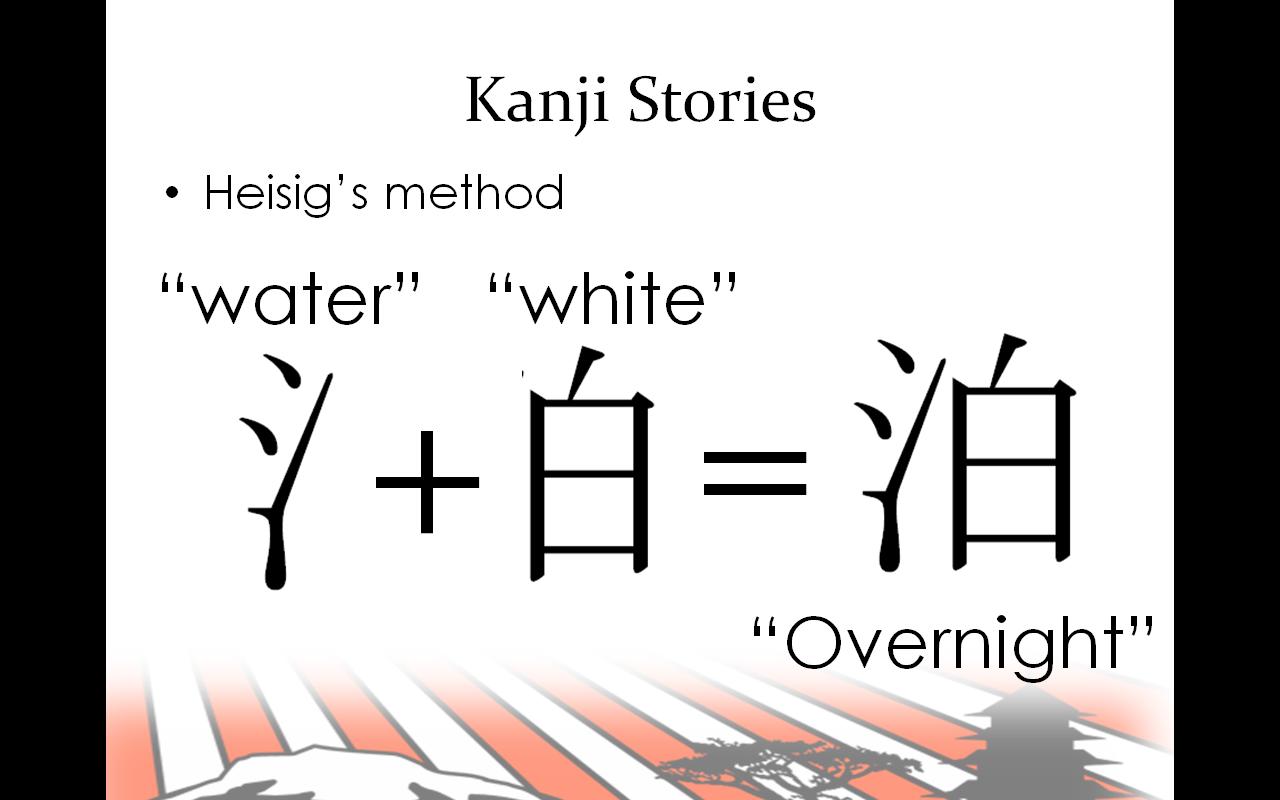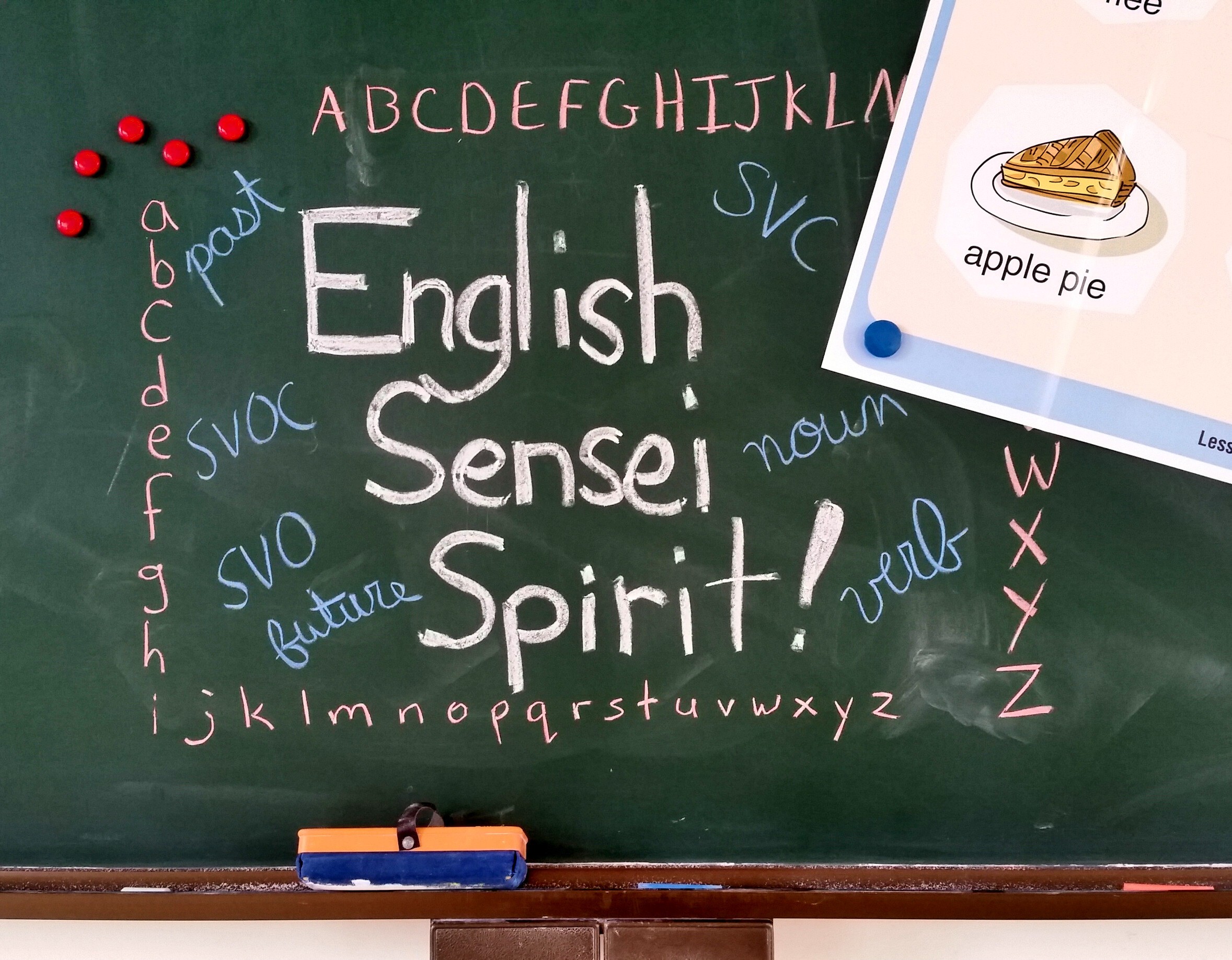How You Should Study Japanese
Well, alright, I won’t tell you how you should study Japanese; I don’t think anyone should study the way that I study, with my own personal cycle of eXtreme diligence + deathlike burnout. I like to make use of a variety of different types of learning, and even with the pain it causes, I do see a lot of improvement. There has to be an easier way, and I’m sure there is, but I must like beating my head against a textbook, or I wouldn’t keep doing it. To each his own, of course.
I do want to make available to you all the resources of which I’m currently aware. This summer, I was part of a Tokyo Orientation seminar-hosting-duo on this very topic, so I’ll give you what we were able to rustle up. The mass and variety of study tools and options is here to empower you, not overwhelm, just as the purpose of studying Japanese is, ultimately, empowerment and independence.
 There are two types of language learning, and those are structured and unstructured. Structured means time you actually sit down and study (the kind about which you boast “I benkyou-ed!â€), with some book or study aid. Unstructured is passive absorption of the material, a time when study is not the goal, but a side effect of other activities (going to the store, watching TV). Unstructured apsorbtion is thankfully more available to us here in Japan than in our home countries.
There are two types of language learning, and those are structured and unstructured. Structured means time you actually sit down and study (the kind about which you boast “I benkyou-ed!â€), with some book or study aid. Unstructured is passive absorption of the material, a time when study is not the goal, but a side effect of other activities (going to the store, watching TV). Unstructured apsorbtion is thankfully more available to us here in Japan than in our home countries.
As you are no doubt aware, language learning is classified into four areas: reading, writing, speaking, and listening. Generally, I find the consumptive acts (listening, reading) tend to be one step easier than their productive counterparts (speaking, writing). And it’s only reasonable to expect that you get better at each one by doing it, and not by doing all the other three so hard it ought to level you up by osmosis!
Many cities (even the tiny ones) will have a Japanese language class somewhere, probably run for free by retired town-dwelling volunteers. You can also find a private teacher by inquiring around, to your predecessor if you’re new, or other JETs in the area. Ask your school if there is a local international association, and how to get in touch with them. If you’re not new, remember that it’s never too late to start studying, and that you are still in an enviable position to other learners of this language.
Listening and Speaking
This, of the four areas, is perhaps the easiest to find around here. Your workplace is full of people going on in Japanese, for starters. It can be more difficult to find listening targeted for your level, or with explanations (because, yeah, you can hear it, but if you don’t know what’s being said, well..), but there are online options available, and most books you buy these days do come with CDs.
One of the best ways to bone up on listening and speaking is to have a Japanese speaking partner or teacher. Many Japanese people, in normal conversation, will not point out or correct your mistakes, so it’s good to spend some time talking with someone who understands that this is what you want from a native speaker. You can often find someone willing to do this for you in exchange for English conversation, or perhaps dinner.
Reading and Writing
Kanji is the biggest and most obvious stumbling stone in the way of literacy, and I personally like to use a modified approach to the Heisig Method to deal with that. The Heisig Method relies on one’s imaginative memory for kanji recall, so each kanji has a story which unites the pieces of the symbol with its keyword English meaning. You can read more about this in the intro to the book, found as a free download at the koohii website (also the first 276 kanji are available for free study, but beyond that you have to buy the book. As I learn a kanji story, I also write the kanji in a notebook with its keyword, along with a few Japanese words that include that kanji. Hurrah, I’m learning vocab! Kind of. I don’t actually remember the words all the time, but the more I hear them, see them, write them, and think them, the better they stick. It goes slowly, but pretty long-term memorably, so I can recommend it.
As for writing, I’d like to draw especial attention to the Lang-8.com website, which is a digital and global version of the write-in-a-notebook concept (and get it checked by your local teacher/conversation partner/that JTE you hang out with). I still recommend writing by hand from time to time if you are interested in avoiding the problem of Japanese kids these days—unable to write kanji because you always just type it on those newfangled technical devices you use, dadgummit.
Vocabulary
Vocabulary can feel like it’s making and breaking you all the time. One sentence might hinge on the one word in that whole speech you didn’t understand. Never fear! One of my favorite vocabulary-learnin’ engines is the SRS (Spaced Repetition System – it means that it builds long-term retention by making you review things that are predicted to be right at the edge of being forgotten) iKnow, formerly smart.fm, is a multi-faceted website that uses pictures, sound, multiple choice, typing, and kanji recognition to build knowledge. Check it out on the resource list!
Links
As for the rest, you’ll find our handout with an annotated list of resources here.
(Direct download also available from the HT website: http://www.hyogoajet.net/hyogotimes/wp-content/uploads/2011/08/Japanese_Study_Handout.pdf)
The 2009 list is also quite extensive.
And this a is a list of all the Orientation 2011 materials, in case you want to check that out!







last link should be http://www.jetprogramme.org/e/current/conferences/handouts/2011tokyo_ori.html
Thanks! It’s fixed.